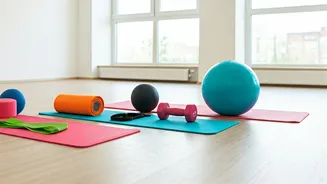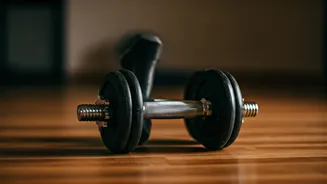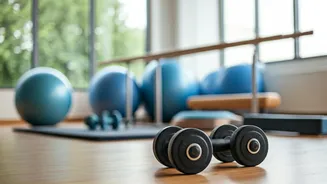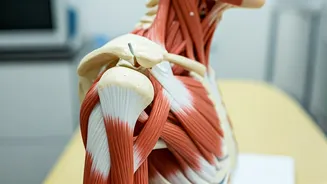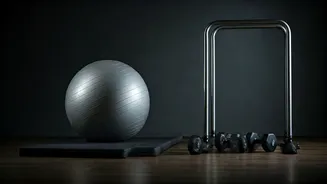The Power of Movement
Consistent exercise is a cornerstone in managing Parkinson's disease, and research shows that regular physical activity can slow down symptom progression.
Engaging in at least 2.5 hours of exercise weekly contributes significantly to improved physical and emotional well-being. Exercise helps in maintaining balance, mobility, flexibility, and overall quality of life. This neurodegenerative disorder can be effectively managed with different approaches, including exercise. Always consult with a qualified healthcare professional before starting any new medication or treatment and before changing your diet or supplement regimen. This is for educational purposes only and not intended as medical advice.
Weight Training at Home
Weight training, even when seated, is a beneficial exercise for those living with Parkinson's disease. Exercises like lifting weights while seated or using resistance bands for leg movements have shown promising results in improving symptoms. A study from 2012 indicated that two years of weight training enhanced motor symptoms more than stretching and balance exercises alone. This shows the significance of incorporating weight training into a regular exercise regimen for managing the disease and improving physical capabilities. This can be adapted for individual needs and abilities.
Chair Squats for Strength
Chair squats offer an accessible way to improve balance and coordination, which can be particularly beneficial for individuals with Parkinson's. This exercise involves standing with a chair behind you, lowering into a seated position, and then rising back up. As comfort increases, the intensity can be adjusted by using lower chairs. Chair squats work the hips, thighs, and legs, helping to regain control over movement and independence, which is often challenging for people with Parkinson's. A 2020 study highlights how chair squats can help individuals regain control over movement.
Stretching for Flexibility
Stretching is another vital component, helping relieve muscle stiffness often associated with Parkinson's. This involves lying on your back with your feet flat and knees bent, then gently allowing your knees to fall from side to side. Research published in 2025 supports the use of stretching in improving motor symptoms and mobility, which enhances the overall quality of life for individuals with Parkinson's. These easy stretches can be integrated into a daily routine, contributing to greater comfort and ease of movement.
Yoga and Dance Benefits
Yoga and dance are two engaging forms of exercise that can greatly assist in managing Parkinson's disease. Yoga, with its focus on stretching and strengthening muscles, enhances control and balance. A 2023 study found yoga effective in improving motor symptoms, balance, and mood disturbances. Dance, on the other hand, encourages motor skills, reduces depression, and eases anxiety. A 2010 study highlighted that dance engages motor skills like balance and gait while also reducing depression and anxiety. Both dance and yoga provide engaging and effective ways to improve physical and emotional well-being.
